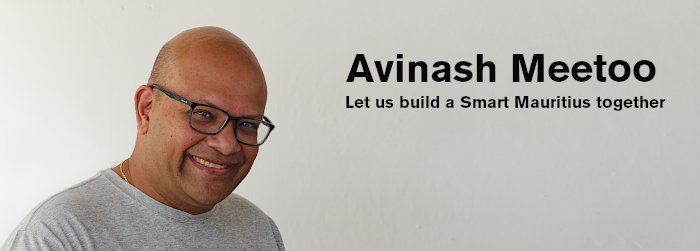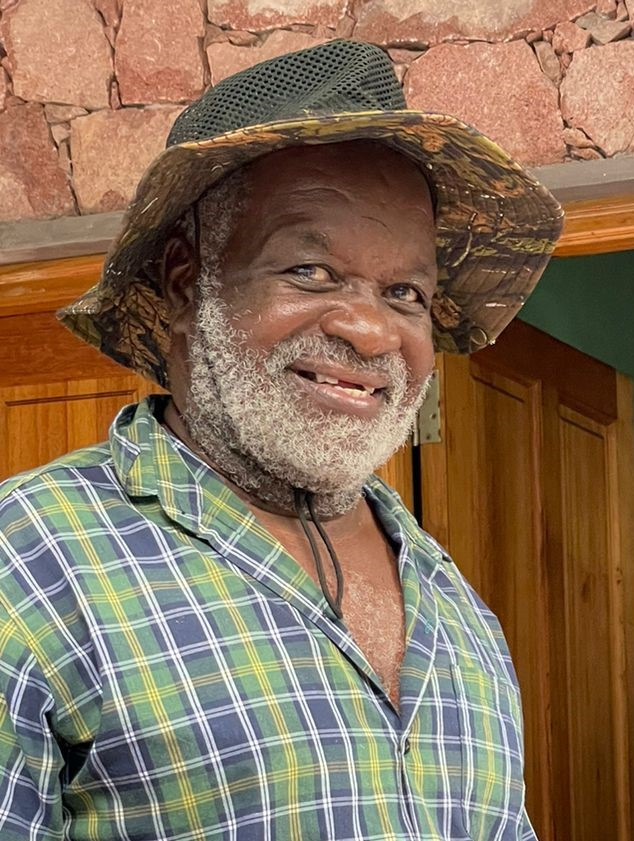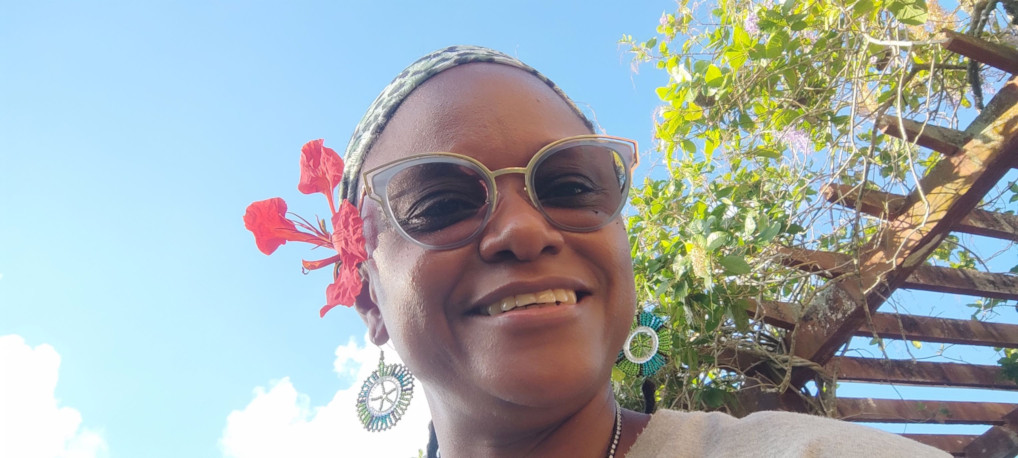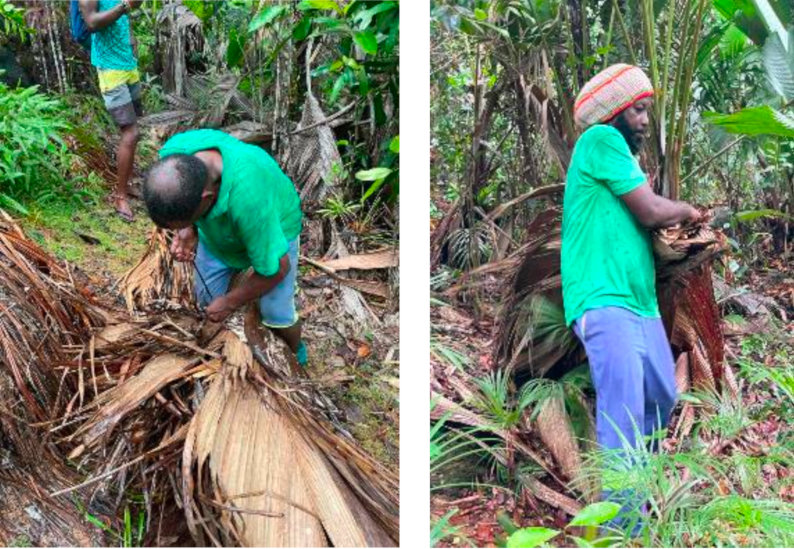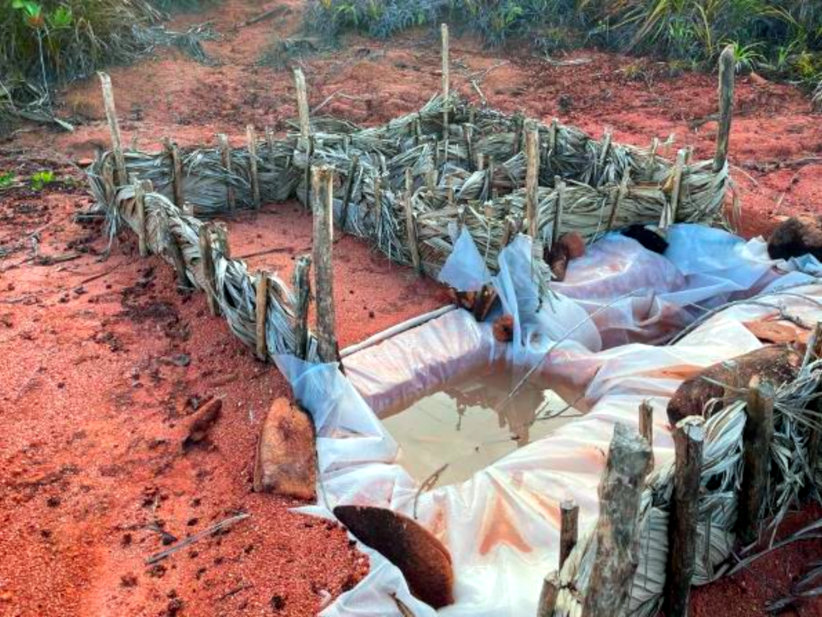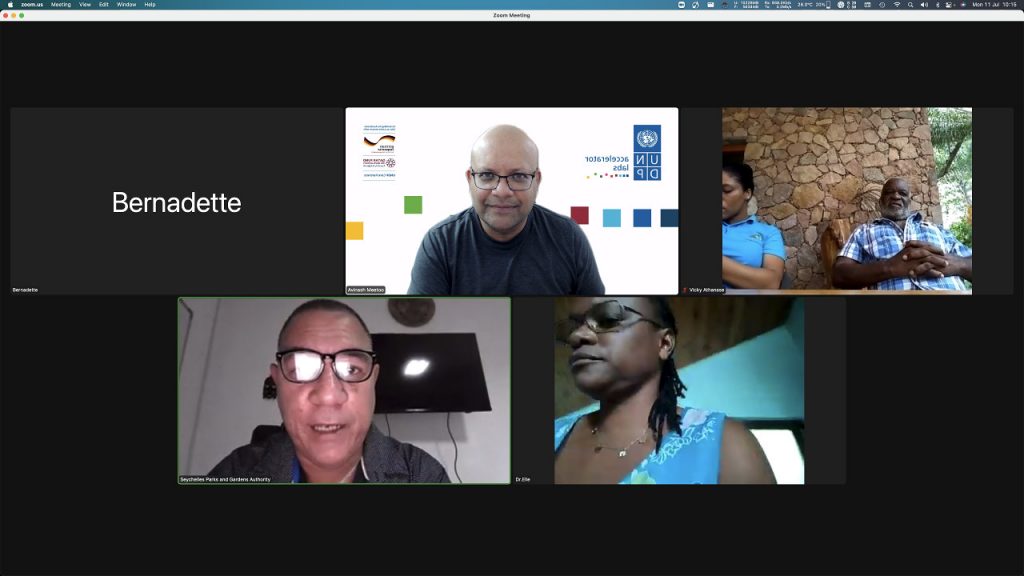On 3 March 2023, I was interviewed by MBC during the 19:30 Journal Télévisé. I spoke about what the ChatGPT chatbot is, how it has been built and with what kind of data it has been trained.
I also spoke about why, from a strategic perspective, it is important for Mauritius to have people who understand Artificial Intelligence and Machine Learning in order to propel the country even further.
